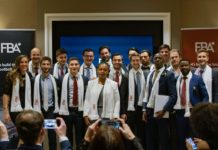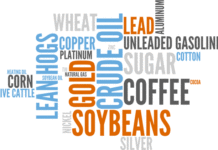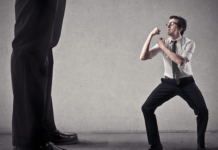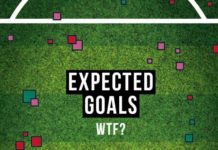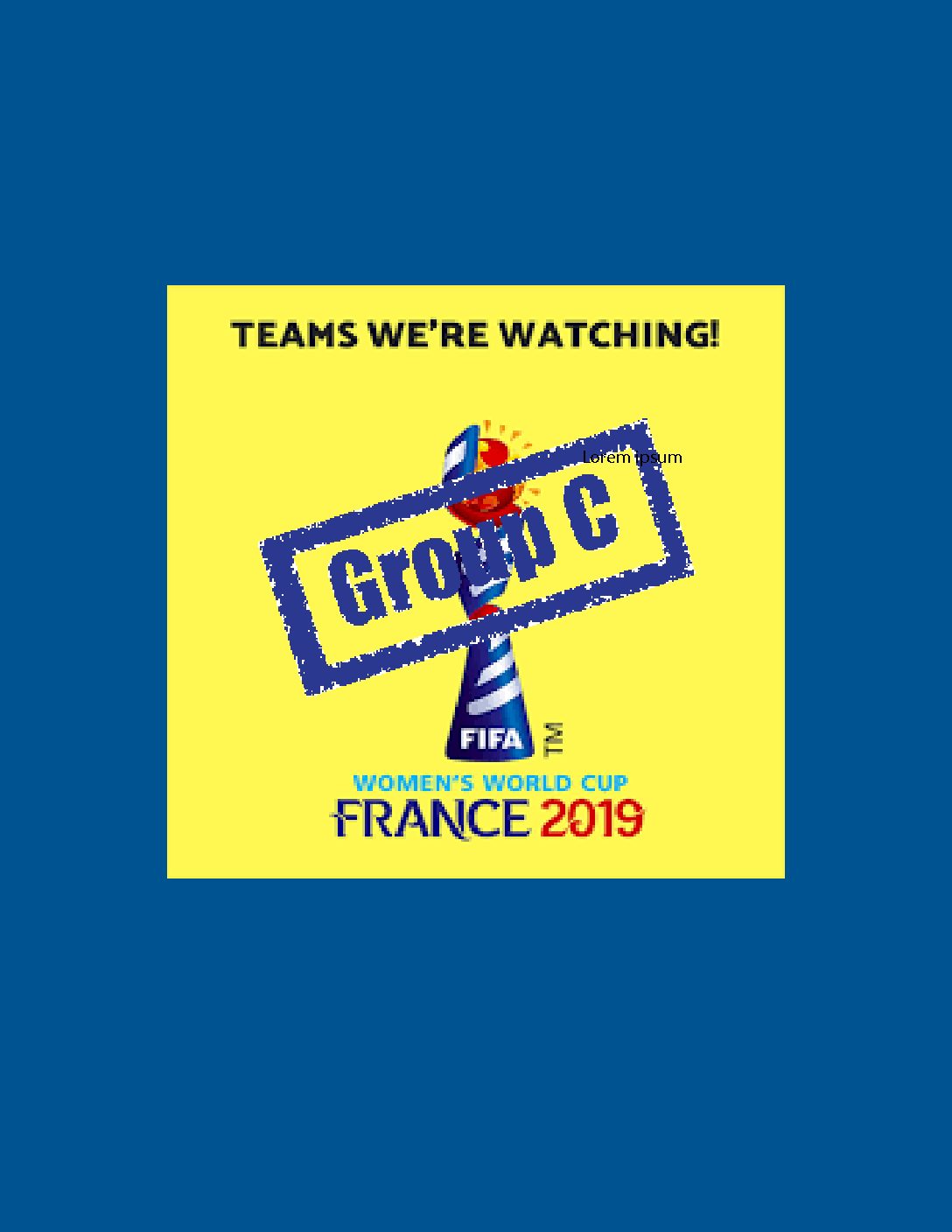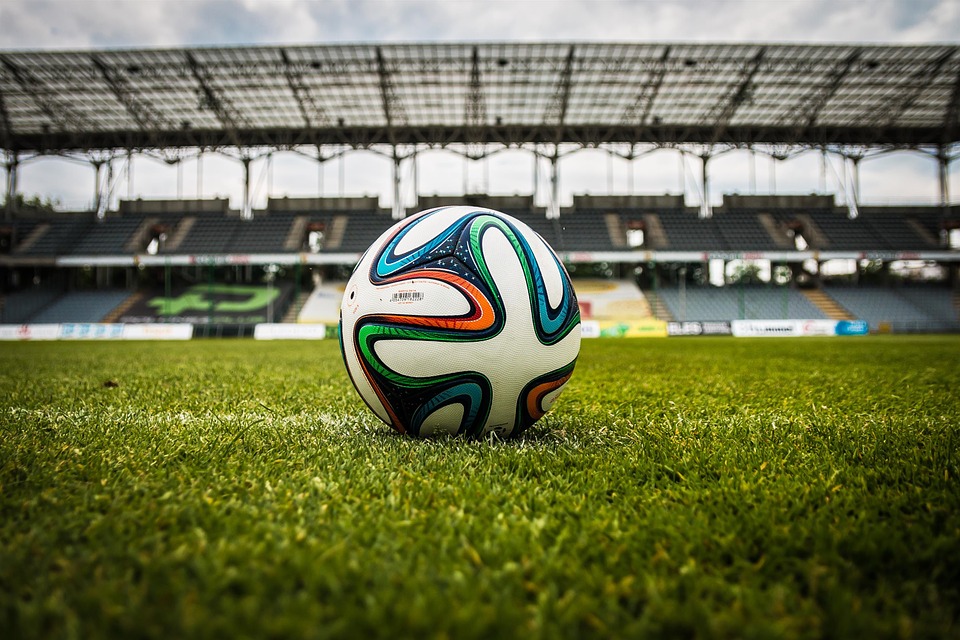
“It is not for nothing that no team playing on artificial turf in European competitions.” – Dirk Kuyt.
Following the latest trends on stadium development there was one particular topic that raised my attention – what football pitch is better, artificial or natural/hybrid? Better in terms of playing comfort, pitch management, maintenance and price.
In the 1980s, our beloved the Premier League, decided to start using artificial turf instead of natural grass on its soccer fields. It caused many complaints by players. Those included friction, stiffness, distorted bounce and roll as well as skin abrasions. In 1994, the Premier League replaced all pitches made from artificial turf back to natural grass.
This is only the start of the story, so I have come up with an idea to dive deeper into the topic, present and analyse up-to-date tendencies & technologies in the pitch management and to share with you results and conclusions.
This October I have started my internship at the European Stadium & Safety Management Association (ESSMA) in Sint-Truiden, Belgium. As soon as I entered the office inside the multi-purpose Stayen stadium my attention was caught by a pitch through façade windows. It is the only pitch with artificial surface in Belgium. What is the reason?
According to the FIFA Law 1 – The field of play Field Surface Matches may be played on natural or artificial surfaces, according to the rules of the competition. (…)
Where artificial surfaces are used in either competition matches between representative teams of member associations affiliated to FIFA or international club competition matches, the surface must meet the requirements of the FIFA Quality Concept for Football Turf or the International Match Standard, unless special dispensation is given by FIFA.
Artificial
Artificial grass became a solution in zones with severe climate like Norway and Canada, besides, it is widely used in the US. In 2002 the executive committee of Norges Fotballforbund agreed that all new pitches for grassroots football shall have an artificial grass. 11 out of 16 professional PL clubs in Norway utilize synthetic surface, one-third of the Eredivisie’s teams have it, and all professional clubs have at least few training grounds with artificial turf.
High quality artificial turf (3rd generation pitch/3g) uses polyester tire cord for the backing. The fibers that make up the blades of grass are made of nylon or polypropylene. Rubber tires are sometimes used in the composition of the rubber base.
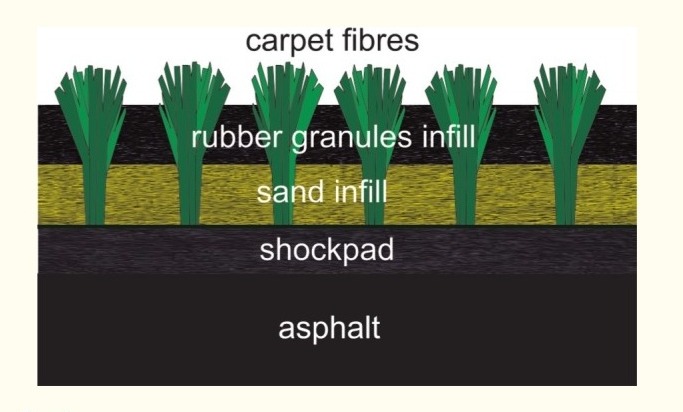
With longer winters stadiums must be playable all through the season. For instance, in Norway the football season lasts from March to December. Artificial turf gives you an opportunity to have an increased activity and predictable training conditions. Other than that, the following advantages, linked mainly to the cost effective management and sustainability, can be underlined:
- Lower maintenance costs.
- Pesticide-free.
- Saves water.
- Irreplaceable as an additional training ground, especially for grassroots football.
Synthetic grass fibers bear less spending on maintenance during the year which is one of major reasons to consider if you face a budget shortfall.
Below is the table comparing natural, hybrid and artificial pitch by its main characteristics.
| Pitch | Length of use | Installment costs * | Maintenance costs per year * | Playing hours per year | Hardness
scale |
| Natural | 6-8 years | €200,000 | €15,000 | 500 | Soft |
| Hybrid | 6-10 years | €400,000 | €10,000 | 800 | Hard |
| Artificial | 8-10 years | €300,000 | €5,000 | 1600 | Medium/hard |
*Costs are averages and depending on the location.
In general, an artificial pitch should last on average eight years and a hybrid pitch would have a similar life cycle. A natural grass pitch will struggle to last eight years. However, the key determinant is the hours of play on the surface and the maintenance.
A natural grass pitch will be of a lower cost than a hybrid or artificial pitch. However, both the hybrid and artificial pitch will deliver more hours of play than a natural grass pitch.
On the other hand, there are notable disadvantages:
- Once artificial, there is no way back. Once you go with artificial turf, you have no choice but to install another artificial turf field when the first one needs to be replaced, because once plastic replaces natural grass, it kills any living organism in the subsoil making it impossible without years of soil remediation to grow anything on that surface.
- Heat hazard. The heat-absorbing properties of an artificial field make it too hot to play on in extremely warm weather. Artificial pitch developers work constantly on the improvement of ventilation, aeration and irrigation features though.
- Hazardous to health. Some researches say that the artificial turf can cause breathing problems and even cancer, although only few cases were detected that cannot confirm 100% it is artificial pitch related.
- Older artificial pitches 1g, 2g (2nd generation) can cause severe burns. The latest 3g pitch is much safer though.
- Artificial pitches are harder on joints.
- Slide-checking is painful on a rubber surface.
Hybrid
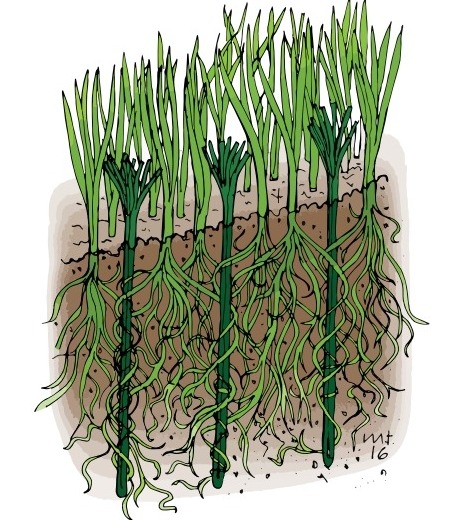
Enhanced hybrid surfaces where artificial fibers act to strengthen the natural grass are ubiquitous in England’s top-flight. This allows for the field to be much more hard wearing, making it less susceptible to weather conditions and frequent use.
As you can see, artificial fibers stitched into the surface help the pitch recover faster than grass on its own. Moreover, fibers hold the root zone together. The natural grass grows around the fibers, anchoring it. When a player goes into the ground with their boots, the fibers stop the root zone from becoming displaced and there’s less chance of a player taking a divot out of the ground.
In order to complete the full picture, I suggest you to look at brands commonly used nowadays.
DESSO GRASSMASTER / SIS
- Natural grass combined with artificial fibres.
- Artificial grass fibres are injected 20 cm deep.
- Cover about 3% of the surface.
- Roots intertwine with the artificial fiber.
- Easy to change according to the purpose (from football to rugby).
- Prize: 250.000 Euro.
- Used all around Europe (Stade de France etc.)
Fibresand & fibreturf
A mixture of sand, organic material and polymer fibres, Fibreturf is installed to produce a root zone layer creating a ‘fibre-stabilised’ natural grass surface.
- Surface easier to maintain – less human resources.
- Very even and stable surface.
- Increased usage.
- Returfing possible, require a nursery.
- Harder pitch (joint soreness or pain, tendon damage).
- Expensive.
- Manchester United, Benfica, Everton and PSV Eindhoven are among clubs using it.
Players matter
Pitch clearly matters to players. Artificial fields are perceived to increase injury risk due to the harder pressure on joints. Furthermore, they are considered to enhance home advantage. In other words, imagine yourself training every day and playing games on the natural lawn and then arriving for an away game to play on a synthetic ground you are not used to.
After the Women’s World Cup 2015 in Canada U.S. superstar forward Abby Wambach said that playing on the surface was a “nightmare” raising the question of the discrimination between men’s and women’s football.
In summary, it is difficult to say what pitch surface is better. From the point of game view, the artificial grass provides you with a better ball control while the natural one facilitates better sprints and is less tough on legs. Financially and in terms of maintenance, the synthetic is the obvious winner. At the end the decision is up to a club.
One thing I know for sure, is that players’ opinion should be considered.
Technologies in the artificial pitch management will continue to improve competing with hybrid and natural grass for the place under the sun. I wonder what is your opinion on this?
